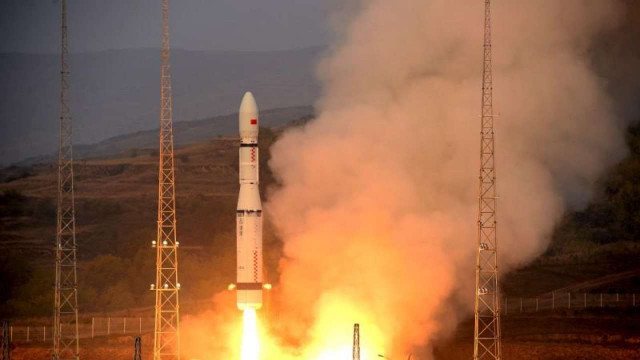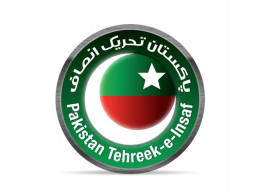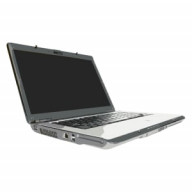
The satellites were launched onboard a Chinese Long March (LM-2C) rocket from the Jiuquan Satellite Launch Centre located at the Gobi desert, China.
One of the satellites launched is a remote sensing satellite (PRSS1) – a dual-purpose Earth observational and optical satellite. With the PRSS1, Pakistan has become one of the few countries to have its own remote sensing satellite in the orbit.
‘Pakistan to send astronauts into space in two years’
The second test satellite launched is a PAK-TES-1A, developed by Space and Upper Atmospheric Research Commission (Suparco) to enhance satellite manufacture capabilities in the country.
According to an official speaking on the condition on anonymity, it would help end country’s dependency on commercial satellites for information related to weather, environment and agriculture.
The satellites were then transported to China as the country lacks the infrastructure to launch objects, the official explained.
Meanwhile when approached, Suparco officials declined to comment.
“This is a big and a proud moment for Pakistan,” remarked the official. He said that now the country will be able to gather its own data related to agriculture, climate change among others.
However, the satellites are not meant for any ‘strategic or military purpose,’ he maintained. The sole objective is to obtain data for weather and environment, something that would greatly benefit the agriculture sector in the country, the official added.
“Pakistan is currently in the list of those countries which lack launching facility,” said the official.
The launching video of the satellites went viral on social media and Pakistanis from across the globe shared their excitement through tweets and posting its video along with appreciation messages to the entire nation.
On the other hand according to the Foreign Office the 1,200 kg satellite PRSS-1 will operate at an altitude of 640 km.
The satellite will enable Pakistan to meet its imagery requirements in the areas of land mapping, agriculture classification and assessment, urban and rural planning, environmental monitoring, natural disaster management and water resource management for socio-economic development of the country.
Another flagship satellite, Pakistan Technology Evaluation Satellite-1A (PakTES-1A) indigenously designed and developed by SUPARCO’s engineers, has also been co-launched with PRSS-1 by the same launch vehicle.
Pakistan acquires another communication satellite
PakTES-1A is a 285 kg satellite equipped with an optical payload commensurate with national needs. It has a design life of three years and will operate at an altitude of 610 km.
The successful implementation of PRSS-1 and PakTES-1A projects has further strengthened the space cooperation between Pakistan and China for future collaborations.
The president and prime minister congratulated the nation on the historic event and appreciated SUPARCO’s scientists and engineers for their technical excellence and untiring efforts.
The prime minister has assured the nation and SUPARCO of complete support for further advancement in space technology, so vital for socio-economic development and national security of Pakistan, he stressed.
Our scientists and engineers are the source of pride for the nation and the country, the PM added.


















COMMENTS
Comments are moderated and generally will be posted if they are on-topic and not abusive.
For more information, please see our Comments FAQ